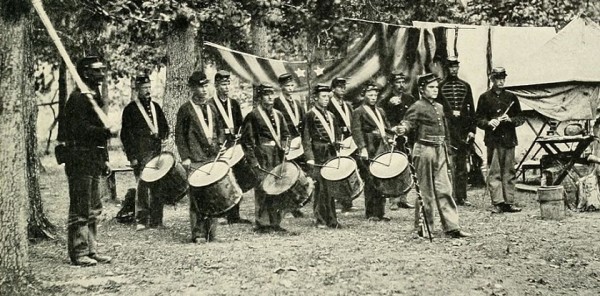

In February 1862, the Atlantic Monthly published Julia Ward Howe’s “The Battle Hymn Of The Republic,” and in doing so, helped cement a national identity in a nation engulfed by civil war.
The poem presents the Union campaign in a way that is deeply religious and near-apocalyptic, relying on a sense of pending doom and zeal to compel listeners or readers to fill with national pride.
Related: Abraham Lincoln’s speech to the 166th Ohio Regiment shows his admiration for the common soldier.
Not much for subtlety, one of Howe’s most striking verses ties the mission of the Union Army, and in particular the struggle of the Union soldier, to that of Jesus Christ.
“As He died to make men holy, let us die to make men free.”
By using this kind of language the poem “encouraged a sense of providential national identity deeply seductive to American audiences—then and now,” noted Benjamin Soskis in a 2011 article for Slate.
The lyrics came to Howe late at night on Nov. 18, 1861, as she was drifting off to sleep. She sprung from her bed and jotted down the lines in the dark. When Howe awoke in the morning, she couldn’t remember the song, but there on a piece of paper were the words she felt compelled to write the night before.
According to the Civil War Trust, Howe became interested in the idea of writing a Civil War song while singing popular war songs while on a camping trip.
Between the deeply religious language and its origin, the hymn became the leading anthem of the Union during the Civil War, and one of the most enduring works of art from that era.
You can read the full poem below.
None

A photo of Julia Ward Howe’s “The Battle Hymn Of The Republic.”
